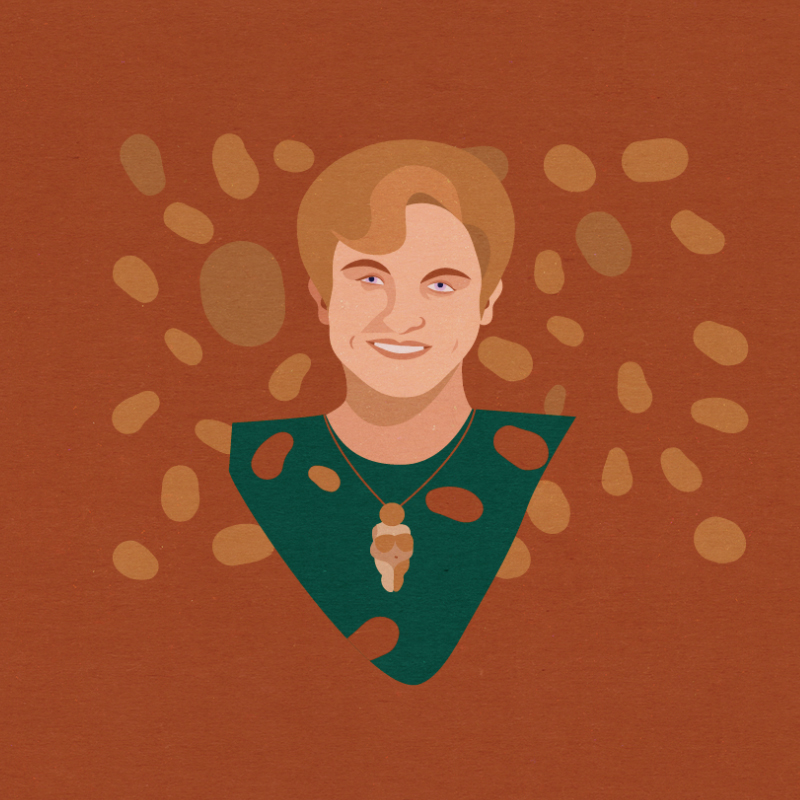Archaeologist Marija Birutė Gimbutienė (Gimbutas) and the Civilisation of the Goddess
> BACK TO 100 STORIESListen to this text (Lithuanian):
Archaeologist Marija Birutė Gimbutienė (1921–1994) is thought by many to be the Lithuanian scientist who has gained the greatest global recognition. Gimbutienė stood out amongst other archaeologists studying the earliest human societies because she had created a unique field of historical science – archaeomythology. An archaeomythologist, like an archaeologist, aims to find out how our ancestors lived by analysing the remains of ancient cities, graves, jewelry, coins and other objects made thousands of years ago, which are found during the excavations. However, archaeomythologists try to look even deeper – for them, the ancient finds are symbols with many meanings, which can be interpreted to understand not only the daily life of our ancestors, but also their spiritual lives, values, and the way of seeing the world.
Marija Birutė Alseikaitė-Gimbutienė was born in Vilnius. She moved away to the west with her husband Jurgis Gimbutas and their daughter as they escaped from the Soviets during World War II in 1944. She studied at the University of Tübingen (Germany) and defended her dissertation Laidosena Lietuvoje Priešistoriniais Laikais (‘Prehistoric Burial Rites in Lithuania’) there. She moved to the United States in 1949, and became a professor at the University of California in 1964.
Even after emigrating to the United States, Gimbutienė didn’t stop taking an interest in the ancestors of the Europeans. By interpreting the finds uncovered during excavations in Europe and various archeological objects from European museums, she developed an original theory of a civilization she called Ancient Europe or the Civilisation of the Goddess. This peaceful and highly creative civilisation, according to Gimbutienė, flourished in Europe from 7000 to 3500 BC. So our ancestors were not soldiers, but farmers who worshiped a Mother Goddess. She also claimed that men and women had equal rights in this civilisation, which is why many people refer to Gimbutienė as a feminist archaeologist, though she did not belong to any feminist group fighting for equal rights for women and men. In her books The Goddesses and Gods of Old Europe (1974), The Language of the Goddess (1989) and The Civilization of the Goddess (1991), she recreates the list of goddesses who guarded the civilisation of the Mother Goddess and are responsible for the secrets of life and death.
Some scholars find Gimbutienė’s ideas, especially the theory of the Mother Goddess, hard to believe. However, the original idea that our ancestors valued human life, peace and harmony above all suggests that wars, violence and inequality (gender, class, race) are not the foundation of European civilization. According to Gimbutienė, ‘the basis of any civilization’s power is its artistic creativity and immaterial values which make the lives of its members meaningful and enjoyable.’ Gimbutienė’s ideas are based on the principles of humanism, respect between genders and the protection of nature, therefore they inspired not only feminists, but also ecological movements fighting for the conservation of natural resources.

